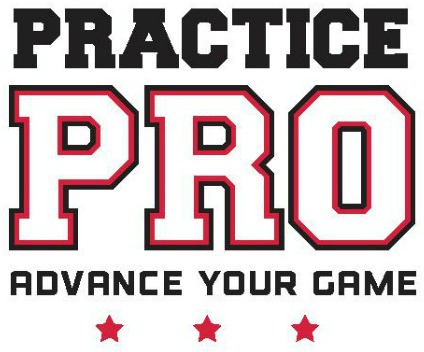The Ultimate Cheat Sheet on Softball IQ
/Back in 2015, when I was running Chicagoland Baseball & Softball Academy’s softball program, I worked with a great coach who emphasized the importance of players understanding the game, not just playing it. My baseball counterpart had a simple yet insightful idea—he wanted the boys to coach first base so they could develop a better feel for the game.
He gave them some basic guidance and sent them out there. But to his surprise, they struggled. Even with clear instructions, they just couldn’t grasp what to do. He was baffled—when he was a kid, coaching first base was second nature.
Then, another parent pointed out a major shift: kids don’t watch baseball like they used to. With endless entertainment options competing for their attention, many young players don’t absorb the game by watching it on TV. As a result, their baseball IQ develops much later than it once did.
Softball faces a similar challenge. While televised softball games have tripled in the past few years, there are still plenty of distractions. Many girls who join pitching school aren’t even sure of the strike zone. At intro clinics, it’s common for 7- to 9-year-olds to have never seen anyone pitch underhand. That’s not necessarily a bad thing—it just means we need to adjust how we teach the game.
Calling Pitches: A Game-Changer for Softball IQ
One of my favorite ways to build softball IQ is by having the battery (pitcher and catcher) call their own pitches. It’s harder than it sounds, but with the right approach, it can be a game-changer. Here’s how you can introduce it into your program:
1. Teach the Rhythm of an At-Bat
Help your pitchers and catchers understand why pitch selection matters. For example, a pitcher who throws a first-pitch strike has a 66.8% chance of striking out the batter, while a first-pitch ball increases the chances of a walk to 74.3%. That’s a huge difference.
Next, introduce them to three essential pitch types:
Opener/Go-To Pitch – Used when the count has no strikes (0-0, 1-0, 2-0, 3-0). This should be a reliable strike.
Second/Set-Up Pitch – A strategic pitch, chosen based on the previous one.
Kill/Strikeout Pitch – Used with two strikes to generate a swing and miss or a weak foul ball.
2. Build Pitch Recognition in Practice
During practice, sit next to the pitcher and have her verbalize each pitch type before throwing:
"This is a go-to pitch—fastball outside."
Then, help each pitcher identify which of their own pitches fit into these categories.
Is Emma’s go-to pitch a fastball low and outside?
Is Ava’s strikeout pitch a curveball?
Is Avery’s set-up pitch a changeup low and inside?
This exercise builds confidence and forces pitchers to think critically about their pitch selection.
3. Call Pitches for a Half-Season
To set them up for success, spend at least half of a season calling pitches for them. Train your catcher to look to the dugout for the sign and relay it to the pitcher. If your catcher is advanced, have her signal back whether the pitcher hit her spot.
Why take the time to do this? Because observation is a powerful teacher. By watching you call pitches, your battery will start to recognize patterns and learn what works. But make sure they know—soon, they’ll be doing it themselves!
4. Push Them Out of Their Comfort Zone
Most pitchers won’t voluntarily throw their first changeup (or any new pitch) in a game. They want it to be perfect—but it never is. Calling pitches forces them to incorporate uncomfortable pitches into their arsenal, which is critical for their long-term development.
5. Transition to Player-Led Pitch Calling
Once your battery understands pitch selection, start letting them take control. This not only sharpens their game awareness but also prepares them for higher levels of play. And once they’ve mastered this skill, you can move on to other aspects of softball IQ—like coaching first base.
I’d love to hear how other coaches are working to improve their players’ softball IQ. Share your experiences and ideas in the comments below!
*One Pitch Warrior - http://1pitchwarrior.com/


